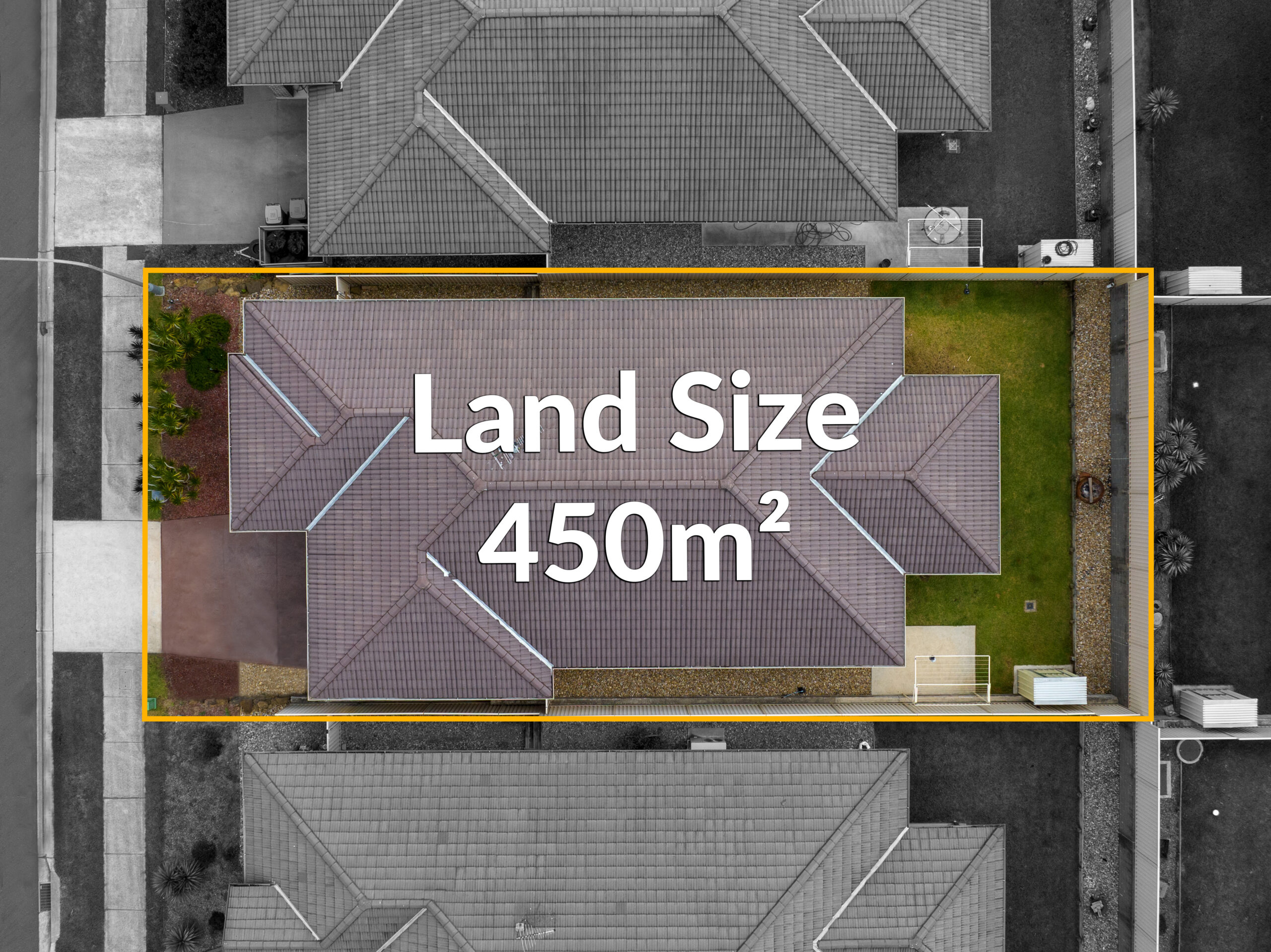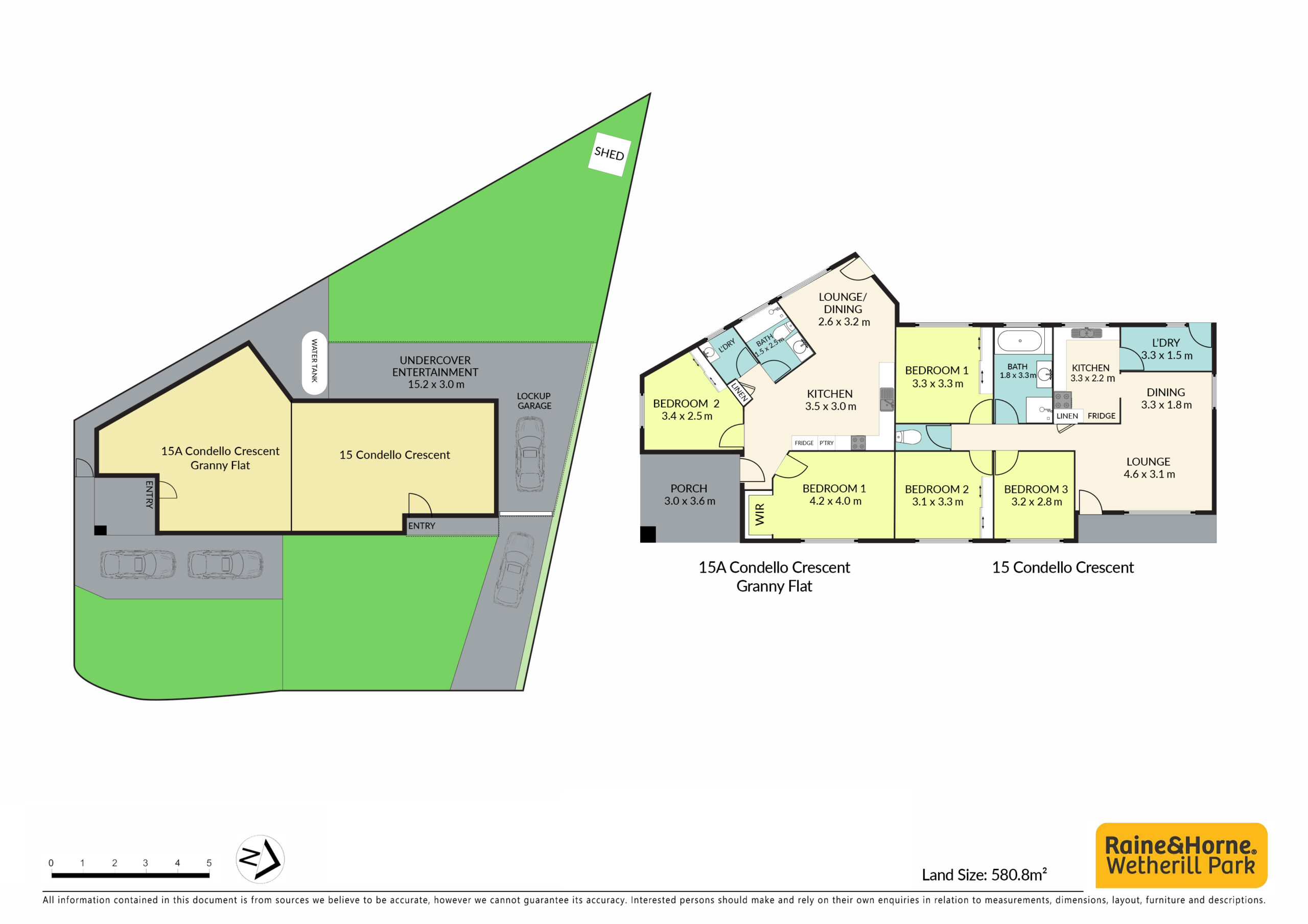Understanding the Impact of Video Content Marketing on Audience Engagement
Video content marketing has emerged as a powerhouse in driving audience engagement, thanks to its ability to effectively captivate and retain the viewer’s attention. The dynamic nature of video allows marketers to convey their message through words, visuals, sound, and the overall storytelling experience. This sensory-rich format can stimulate emotional responses that foster a deeper connection between a brand and its audience.
The Psychology Behind Video Engagement
Research has shown that people are hardwired to respond to visual stimuli, and videos leverage this by combining both auditory and visual cues to create a powerful communication medium. Videos are more memorable and can be processed by the brain faster than text. According to the Social Science Research Network, the retention rate for visual information can reach 65%, compared to 10% for text-based information. Moreover, using storytelling aspects, video content can elicit empathy, making the message resonate more deeply with the audience.
Shareability and Viral Potential
Another key factor driving the impact of video content marketing on engagement is its inherent shareability. Videos often contain ‘snackable’ moments that viewers enjoy and are likely to share with their networks, exponentially increasing a message’s reach. Popular social media platforms have recognized this pattern, with algorithms often favoring video content, giving it a wider push across user feeds. The potential for a video to go viral presents an attractive opportunity for marketers aiming to maximize visibility and engagement.
Finally, as consumption patterns shift, audiences have an evident preference for video content. With the rise of mobile internet use and social media platforms like YouTube, Instagram, and TikTok, people increasingly turn to video for education, entertainment, and brand interaction. This transition has necessitated a change in marketing strategies, pushing video content to the forefront to meet this growing demand for visually engaging, quick-to-consume content. By acknowledging and adapting to this trend, marketers can significantly enhance audience engagement and forge stronger relationships with their viewers.
How to Develop a Winning Video Content Strategy
Understand Your Audience
Developing a winning video content strategy begins with deeply understanding your target audience. Who are they, what content do they enjoy, and on which platforms do they spend their time? Use analytics tools and surveys to explore your audience’s demographics, interests, and viewing habits. By doing so, you’ll be able to tailor your content to their preferences, increasing engagement and view time. Creating audience personas can be an effective way to align your video content with your viewers’ expectations and needs.
Set Clear Objectives and KPIs
For a video content strategy to be successful, you must define clear goals. Are you aiming to increase brand awareness, generate leads, drive sales, or establish yourself as a thought leader? Once objectives are established, you can determine the Key Performance Indicators (KPIs) to help you track your progress. This might include view count, engagement rate, conversion rate, and shares. By setting objectives and corresponding KPIs, you’ll have a clearer vision of what success looks like and be able to adjust your strategy accordingly.
Create Compelling and Relevant Content
The core of your video content strategy revolves around producing compelling and relevant content. Your videos should inform, entertain, or inspire your audience. To do this effectively, focus on storytelling and providing value. Address common questions or pain points with solution-oriented content that resonates with your audience. Experiment with different video formats such as tutorials, behind-the-scenes looks, or customer testimonials to see what engages your audience the most. Remember to maintain consistency in the quality and style of your videos to build a recognizable brand identity.
Optimize for Search and Distribution
Video content strategy is only complete with considering optimization for search and distribution. Utilize SEO best practices for video by including relevant keywords in your video titles, descriptions, and tags to improve visibility on platforms like YouTube and Google. Leverage social media platforms to share and promote your videos, tailoring the video format and messaging to suit each specific channel’s audience. Additionally, consider integrating your videos into blog posts or website pages to increase dwell time and provide a richer user experience. By strategically distributing your content, you’ll extend your reach and ensure a broader audience sees your videos.
The Best Types of Video Content to Boost Your Marketing Efforts
Explainer Videos
When it comes to enhancing user understanding of your products or services, explainer videos stand out as a powerful tool. These videos are particularly effective because they break down complex ideas into simple, digestible pieces of content that can be easily shared across various platforms. Through animated sequences or live-action walkthroughs, explainer videos help clarify the unique value proposition of your offerings, making them an essential component for both startups and established businesses looking to convey their message succinctly.
Testimonials and Case Studies
Nothing builds trust with potential customers quite like testimonials and case study videos. You can tap into the power of social proof by showcasing real customers who have had positive experiences with your brand. Viewers often find relatable stories compelling; this kind of content can be a persuasive tool to influence purchasing decisions. Moreover, case studies provide concrete examples of how your product or service can solve problems or enhance a customer’s lifestyle or business operations.
How-To and Tutorial Videos
Empowering users by sharing knowledge can significantly elevate your brand’s authority within your niche. How-to and tutorial videos answer common questions and provide useful information that potential customers are actively searching for. These tutorials can range from simple everyday tasks to more complex procedures related to your products. By creating content that addresses specific needs, you’re providing value, driving engagement, and encouraging viewers to spend more time with your brand.
Product Demos and Releases
Announcing new products or showcasing features through video is an engaging way to generate excitement and buzz around your brand. A well-crafted product demo allows customers to see the product in action, which can significantly reduce hesitancy and encourage faster adoption. It’s an effective strategy to connect with potential and existing customers by informing them about the latest developments and demonstrating how your product continues to evolve in response to their needs and feedback.
Essential Tips for Optimizing Your Video Content for Search Engines
In the fast-paced digital content consumption era, video content stands out as an engaging medium. Yet, many content creators need to pay more attention to the importance of video SEO, which is essential to ensuring that their videos reach their target audience. Optimizing their video content for search engines can significantly enhance their visibility and draw more viewers to their content.
Keyword Research and Titles
Just like any other type of content, keyword research is the cornerstone of video SEO. Understanding the terms and phrases your audience is searching for allows you to craft relevant and enticing titles. Title optimization is key, as a well-crafted title can dramatically improve your video’s click-through rate. Be sure to include your primary keyword in the title and keep it concise, preferably under 60 characters, to ensure it displays well in search results.
Video Descriptions and Tags
A well-written description can provide context for your video and improve its chances of ranking in search results. When drafting your video description, aim to include your primary keywords within the first 25 words and ensure the description totals at least 250 words for optimal indexing. Utilize relevant tags corresponding to your content; consider them the index words that will guide viewers to your video. Broad and specific tags will cover the spectrum of searcher intent, allowing your content to surface for various search queries.
[aib_post_related url=’/elementor-1483/’ title=’Everlast’ relatedtext=’You may also be interested in:’]
Thumbnails and Engagement
Your video’s thumbnail image serves as a first impression—make it count. Custom thumbnails that represent the video content and include engaging imagery can greatly increase your click-through rates. Thumbnails should be high resolution and include compelling elements such as close-ups of faces, bright colors, or readable text. Additionally, driving engagement through likes, comments, and shares is crucial. Search engines consider viewer engagement a factor when ranking videos, so encourage viewers to interact with your content through calls to action both within the video and in your description.
Measuring the Success of Your Video Content Marketing Campaigns
As marketers channel more resources into video content, understanding and measuring the success of those campaigns is crucial to refine strategies and ensure resources are well spent. There are several key performance indicators (KPIs) to track that can paint a comprehensive picture of your video campaign’s effectiveness.
Engagement Metrics
The first indicator of video content success is how engaged your audience is. This can be measured through view count, play rate (the percentage of page visitors who click to watch the video), and average watch time. High engagement rates suggest that your content is resonating with your audience. However, it’s important to go beyond these basic figures and look at the quality of that engagement by analyzing likes, shares, comments, and the nature of the feedback. This tells you how many people are watching and how they’re reacting to and interacting with your content.
Conversion Metrics
Another critical measure of success is the rate at which video viewers take the desired action after watching your content. Depending on your campaign goals, this could mean filling out a form, signing up for a newsletter, downloading a resource, or purchasing. The conversion rate from video views to these actions directly indicates the video’s effectiveness in driving business goals. UTM parameters can be added to URLs in video descriptions or calls-to-action within the video itself to track these conversions accurately.
[aib_post_related url=’/the-five-essential-drone-shots-for-real-estate-video/’ title=’The Five Essential Drone Shots for Real Estate Video’ relatedtext=’You may also be interested in:’]
Retention Rate
Retention rate is a metric that sheds light on how well your video keeps viewers’ attention throughout its duration. A high retention rate indicates that viewers found your video engaging enough to watch most of it, which means content quality and relevance. You can track this through analytics platforms, which show you where viewers are dropping off, allowing you to identify aspects of your content that may lead to a loss of interest. Improving on these points can boost retention rates and lead to better engagement and conversion rates, as viewers are more likely to take action after viewing the entire message in the video.
Tracking and analyzing these metrics will help you understand your video content’s performance and pinpoint areas for improvement. By focusing on engagement, conversion, and retention, you can clearly see how your video content contributes to your wider marketing objectives. Remember, the goal is not just to attract viewers but to create video content that engages, converts, and retains them, acting as a powerful tool in your marketing arsenal.















